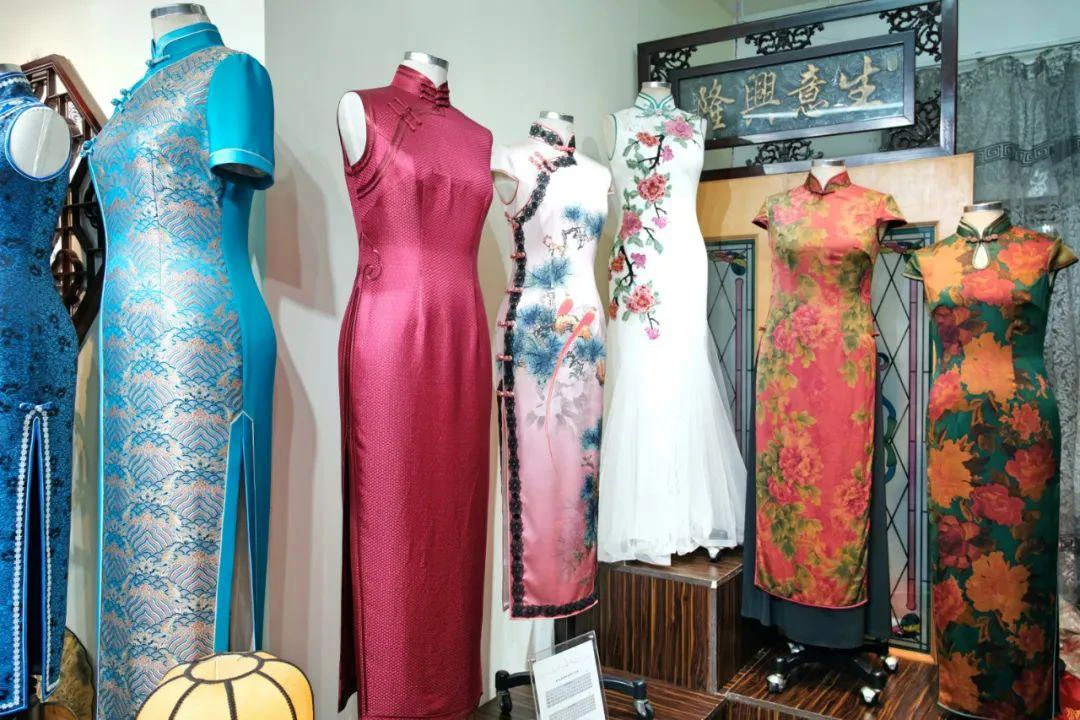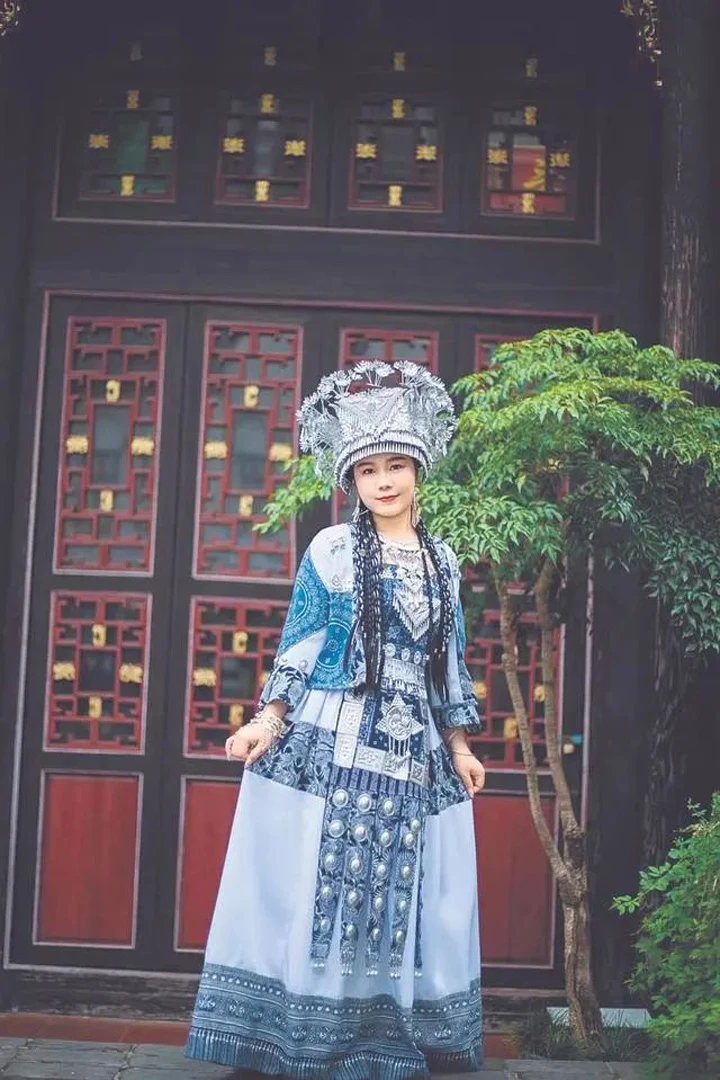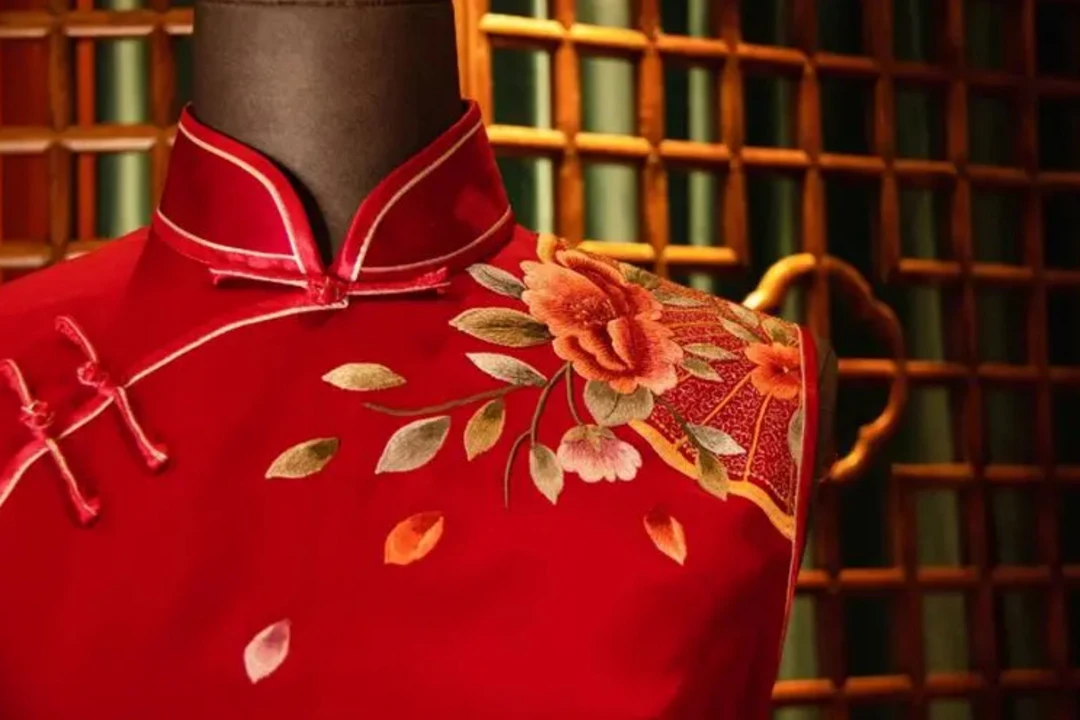Huang Qiuheng, a Vietnamese student studying in Beijing, has been on a journey of exploration and discovery during her four years in China. As a senior, she has not only immersed herself in her studies but has also taken every opportunity to travel and experience the rich culture and history of her host country.
One of the most memorable stops on her journey was the ancient water town of Suzhou, located in the Jiangnan region of China. Huang had long been fascinated by the classical Chinese culture and had read about the famous Suzhou gardens in her textbooks. “The misty rain in Jiangnan and the landscape like ink painting,” she recalled, “Suzhou is a city where the ancient and modern intersect.”
Before her trip to Suzhou, Huang had done her research and learned that visitors to the city often dress up in traditional Chinese clothing, known as Hanfu, to take photos on Pingjiang Road. The street, with its ancient charm, is said to capture the essence of Suzhou. Dressed in Hanfu, Huang felt as if she had been transported back in time to ancient China.
While exploring Pingjiang Road, Huang stumbled upon a surprising discovery – the abundance of qipao shops. Qipao, also known as cheongsam, is a traditional Chinese dress that had long captivated Huang’s interest even before she came to China. “The Chinese qipao is very similar to our Vietnamese national dress, the Ao Dai,” she explained. “Each of the 54 ethnic groups in Vietnam has its own traditional clothing, but the Ao Dai is considered the national dress and is worn during festivals.”
However, Huang noted a key difference between the two dresses. “I think the Chinese qipao is more figure-hugging,” she observed. “I’ve watched many Chinese TV dramas set in the Republican era, and the actresses look stunning in their qipaos.” This observation had sparked a desire in Huang to purchase a qipao of her own if she ever had the chance to visit China. Her trip to Suzhou had made that dream a reality.
Huang found that the classical and romantic scenery of Suzhou’s Jiangnan region perfectly complemented the elegance and refinement of the Hanfu. The qipao, on the other hand, seemed to be a perfect match for the city’s sophisticated atmosphere. The two distinct styles of clothing offered two different ways to experience the city’s timeless charm.
For Huang, clothing is more than just a fashion statement; it is a reflection of the unique cultural characteristics of different places. Whenever she discovers a local specialty garment during her travels, she makes a point to learn more about it and experience it for herself. In Guilin, Guangxi, she was deeply drawn to the traditional clothing of the Miao ethnic group. “The Miao ethnic clothing is incredibly beautiful, with intricate designs and many accessories,” she marveled.
Huang’s appreciation for Chinese clothing goes beyond its aesthetic appeal; she is also in awe of the historical and cultural significance behind each garment and the craftsmanship that goes into its creation. During a visit to the Chengde Museum, she had the opportunity to view the royal clothing of the Qing Dynasty. “The dragon robes were exquisitely made with golden silk threads, absolutely stunning!” she exclaimed.
In Chengdu, Sichuan, she visited the Chengdu Ancient Shu Brocade Research Institute and was impressed by the intricate designs and rich colors of the Shu brocade. “The Shu brocade has high artistic and collectible value,” Huang noted, “but what impressed me the most was the meticulous attention to detail in its production process, which truly embodies the spirit of craftsmanship.”
As her journey in China continues, Huang hopes to visit more places and experience more unique Chinese clothing styles. She is eager to share her discoveries with her friends and family back home in Vietnam, bringing back not only beautiful garments but also the stories and cultural insights she has gained along the way.
Huang’s experiences highlight the power of clothing as a cultural ambassador. Through her encounters with Hanfu, qipao, and other traditional Chinese garments, she has gained a deeper appreciation for the rich history and diversity of Chinese culture. Each piece of clothing tells a story, not just about the people who wear it but also about the society and values that shaped it.
Moreover, Huang’s journey underscores the importance of cultural exchange and understanding in an increasingly interconnected world. By immersing herself in Chinese culture and sharing her own Vietnamese heritage, she is helping to build bridges between the two countries and promote mutual respect and appreciation.
Huang’s story also serves as a reminder of the enduring appeal of traditional craftsmanship in an era of mass production and fast fashion. The intricate designs and meticulous attention to detail that she admired in the Shu brocade and dragon robes are testaments to the skill and dedication of the artisans who created them. By preserving and promoting these traditional techniques, we not only honor the past but also ensure that these valuable cultural assets are passed down to future generations.
In a world that is often divided by differences, Huang’s journey is a heartening example of how a shared appreciation for beauty, craftsmanship, and cultural heritage can bring people together. Through her travels and her passion for Chinese clothing, she has not only enriched her own understanding of the world but also helped to foster greater empathy and connection between cultures.
As Huang continues to explore China and its many treasures, she is sure to make many more discoveries and forge new friendships along the way. Her story is a testament to the transformative power of travel and the enduring appeal of traditional culture in a rapidly changing world. It is a reminder that, no matter where we come from or what language we speak, we all have the capacity to appreciate and learn from the rich tapestry of human diversity.
In the end, Huang’s journey is not just about the clothing she has encountered or the places she has visited. It is about the connections she has made, the insights she has gained, and the memories she will carry with her for a lifetime. It is a celebration of the human spirit’s boundless capacity for curiosity, empathy, and wonder, and a reminder of the many ways in which we are all connected, even across vast distances and cultural divides.
As Huang prepares to graduate and embark on the next chapter of her life, she will undoubtedly carry the lessons and experiences of her time in China with her. And as she shares her stories and her love of Chinese culture with others, she will help to build a more understanding and interconnected world.



